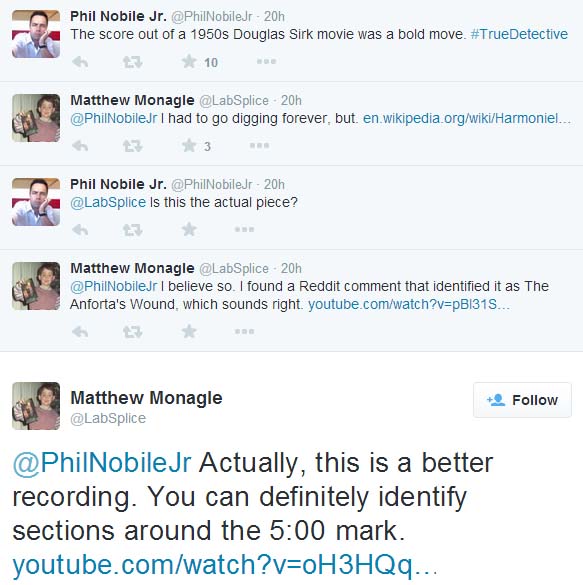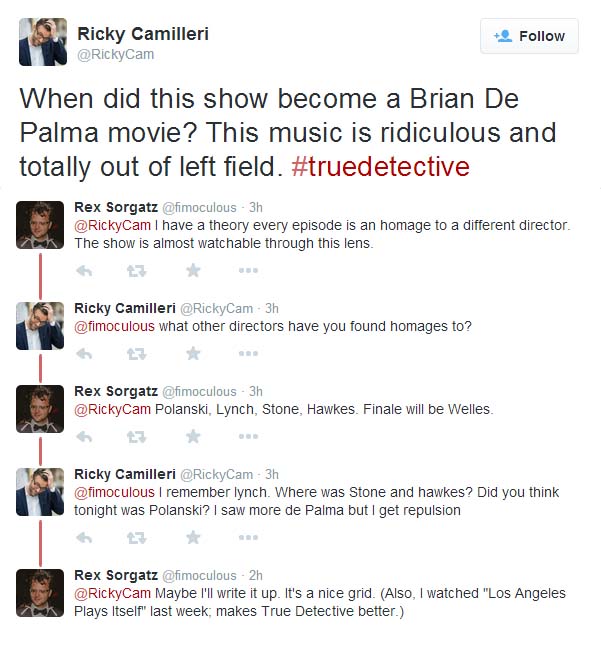GRANTLAND VIDEO LOOKS AT FRANCHISE, WITH STRONG FOCUS ON DE PALMA'S FILM
IMPOSSIBLE MISSION FORCE from Sean Witzke on Vimeo.
Thanks to Rado for sending along the link to the above video, which spends a hefty amount of its running time on Brian De Palma's initial film in the Mission: Impossible franchise. Made by Sean Witzke, the video mentions a couple of films in regard to De Palma's film that I hadn't considered prior: Ronald Neame's Gambit and Roman Polanski's Macbeth. Here's my transcript of Witzke's narration during the De Palma portion (parts of Witzke's narration gets inaudible or buried, so there's a piece or two I was unsure of)...
Cruise and Wagner selected Brian De Palma to adapt the ‘60s TV series into a film. I’ve always felt that Mission: Impossible is the closest film in De Palma’s catalog to Carrie: an established property, and in the mainstream, but one that applies directly to his abilities, his style, and his obsessions. It’s a film he knew how to make. The property has all the hallmarks of a De Palma film: suspense, narrative and visual formal playfulness, betrayal, impotence, conspiracies on conspiracies, a hero with a self-destructive fixation, and brutal audience manipulation.It is the most film-literate of the franchise. De Palma’s love of Hitchcock is long documented, and at this point, completely internalized. Instead, he nods towards films we call Hitchcockian. De Palma and his longtime editor Paul Hirsch dance with the material, intercutting guy-in-the-van heist staples with arresting sequences where you’re held in tension forever. De Palma would indulge the explosive green-screen spectacle that is the expectation of the genre, but he would spend an equal amount of time on silence, menace. De Palma’s homage to blacklisted American director Jules Dassin’s Euro-caper film Topkapi, about a team of amateur thieves stealing royal Turkish emeralds, also involves an acrobatic feat and a pressure-sensitive floor. But perhaps an unspoken influence is Ronald Neame’s Gambit, a ‘60s film that also has an acrobatic heist sequence. Gambit’s narrative trick, where we see Michael Caine’s perfect idea of a planned heist play out as fantasy before we see it play out for real, his clockwork ideas presented in a way that at first hides his incompetence and ability to adapt in crisis, unlike the amateur he hires as a distraction, who is a natural thief.
In the first film, characters are constantly telling stories, to one another, to themselves. IMF operatives are taught to narrativize their lies, and Ethan Hunt’s most useful skill is to quickly formulate or see through lies. The film’s biggest set pieces are a television episode link building and destroying what the audience expects from the film, dropping the bodies of a whole team of the type of actors who get cast in a big-screen reboots of properties, including a career-best uncredited turn from Emilio Estevez. The cast is then replaced with actors best known for working with Luc Besson, Claude Chabrol, Quentin Tarantino. A rejection of Hollywood slickness in favor of the kind of cinema De Palma finds exciting. Similarly, the plan for the Langley heist takes its time to beat up the poor analyst that’s in their way, torturing him like an ant getting its legs ripped off under a microscope.
De Palma’s most interesting homage is to Roman Polanski’s adaptation of Macbeth, filmed immediately after his wife Sharon Tate’s death. Banqua’s ghost appears as a blood-soaked corpse. The editing is what makes it seem unreal, the accusing dead man [isn’t?]. Jon Voight’s Jim Phelps appears to Hunt the same way. De Palma and Cruise present Ethan Hunt as somewhere between a Hamlet and Macbeth, a callow youth smarter than everyone around him, willing to set his whole life on fire to prove a point. Cruise approached De Palma to direct the sequel, but he had moved on, had already made his idea of the action film.





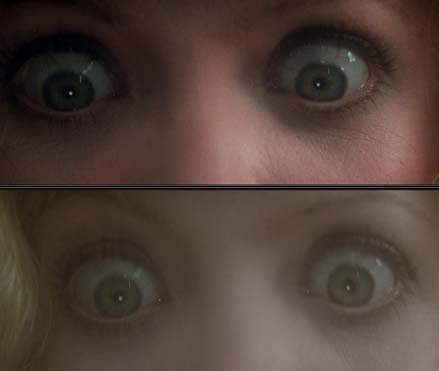 The juxtaposition at left, taken from the
The juxtaposition at left, taken from the 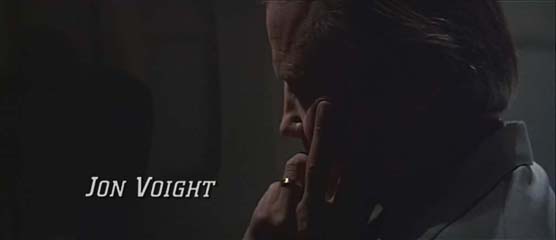
 Thanks to Rado for sending along the poster at left, which is
Thanks to Rado for sending along the poster at left, which is 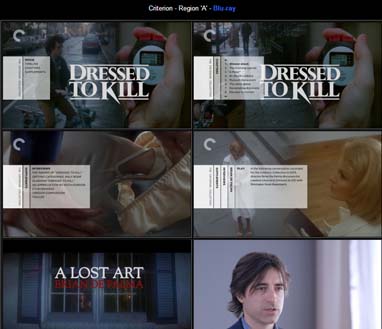
 Some surprising news hit this morning as the Venice Film Festival announced its line-up. Among the non-fiction films revealed is a 109-minute documentary called De Palma, co-directed by Noah Baumbach and Jake Paltrow.
Some surprising news hit this morning as the Venice Film Festival announced its line-up. Among the non-fiction films revealed is a 109-minute documentary called De Palma, co-directed by Noah Baumbach and Jake Paltrow. 
